If you’re an electronics enthusiast or hobbyist, then it’s time to learn the basics of home wiring and become a pro in making a 75-300 Ohm Matching Transformer. This comprehensive guide will walk you through the simple steps to creating your own transformer that is effective and reliable. With detailed information and helpful tips, you’ll be able to understand the basics of transforming your 75 ohms into 300 ohms with ease. From Ohm’s Law to important safety considerations, this article covers everything you need to know on how to make a 75-300 Ohm Matching Transformer.
What is a Matching Transformer
Transformers are used in numerous applications, such as increasing or decreasing the voltage of a signal for telecommunication and electrical transmission lines; adjusting motor speed in industrial processes; supplying power to sensitive electronic components such as computers, medical instruments, and other equipment; and providing conditioned power supply for electric motors.
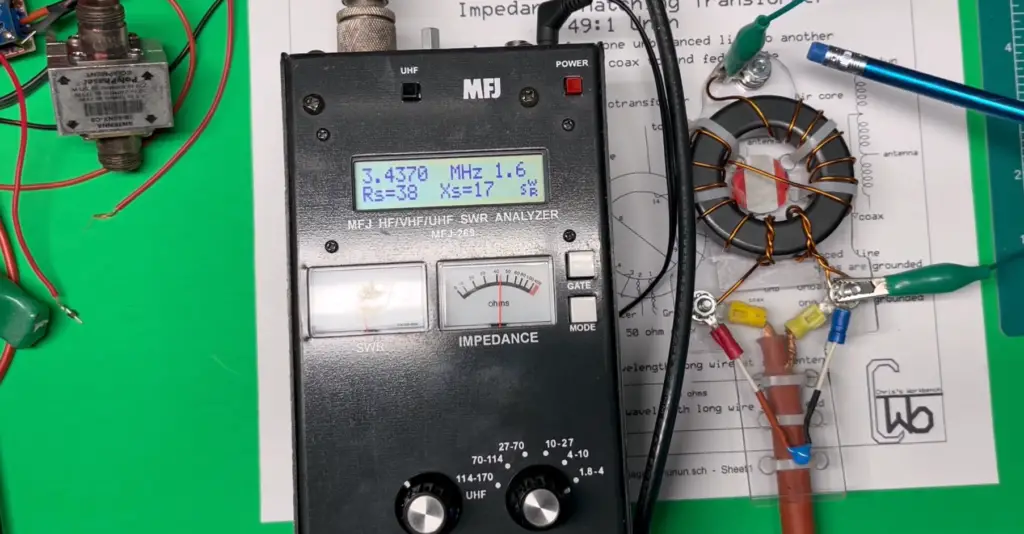
Matching transformers in electricity are devices that allow the connection of two circuits with different electrical characteristics. They are used to ensure compatibility between certain components, such as when connecting an AC appliance to a DC power source or vice versa. Their main purpose is to provide impedance matching and voltage transformation, which helps in improving the efficiency of the circuit and reducing noise.
These transformers consist of two parts – primary winding and secondary winding. The primary winding is connected to the supply voltage whereas the secondary winding is connected to the load. The electrical energy from the source is converted into magnetic energy by passing through the primary coil before it reaches the output terminal of the transformer. The secondary coil takes this energy and converts it back into electrical form suitable for the load.
The transformer also affects the impedance of the circuit, allowing different loads to be connected without causing interference or resistance problems. The impedance of the primary winding is matched with that of the secondary winding in order to minimize losses and ensure a safe connection between two circuits. This helps in improving efficiency and reducing power consumption. [1], [2]
Why is a Matching Transformer Needed
Now that we’ve discussed what a Matching Transformer is, let’s talk about why you might need one when it comes to creating a matching transformer.
Radio and Television applications
Matching Transformers can be used for a variety of tasks in the broadcasting industry. For example, they can help broadcasters identify and understand which topics are trending in news media outlets. Matching Transformers can also be used to generate summaries from news stories, as well as to detect semantic similarities between different segments of programming. By understanding the context of language, Matching Transformers enable computers to better process natural language queries and provide more accurate answers.
In addition to helping broadcasters make more informed decisions about what content should air on their stations, this technology is also useful for creating tailored advertising messages that target specific audiences. For example, marketers could use a Matching Transformer model to create ad campaigns that align with current trends or target certain demographics based on their search history and other personal data.
Audio and Video applications
Matching Transformers can also be used for audio and video applications. For example, they can help to detect background noise in recordings, such as traffic on a busy street or birds chirping in a forest. Matching Transformer models can also be used to identify spoken words from noisy audio sources, which is useful for creating automatic transcription services.
In addition, this technology can be used to enhance the accuracy of facial recognition systems by helping computers better distinguish between individuals with similar features. By understanding the context of language, Matching Transformers enable computers to better process natural language queries and provide more accurate answers. [1]
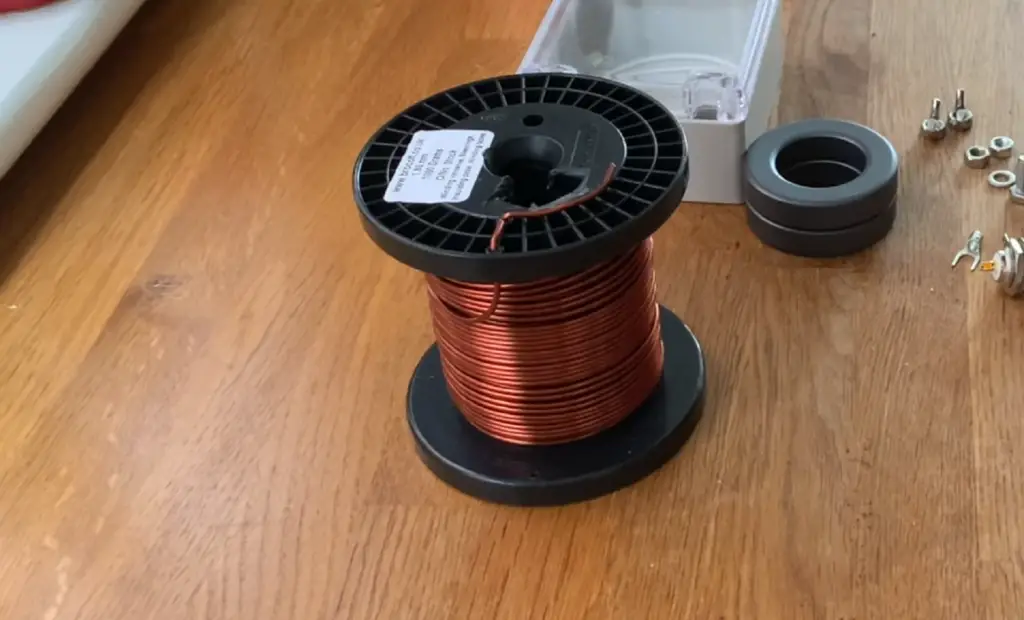
How to Make A 75 To 300 Ohm Matching Transformer
Making a 75 to 300 Ohm Matching Transformer is relatively simple. All that is needed is an appropriate impedance transformer and the correct wiring connections. In this section, we will detail the steps needed to correctly build a 75 to 300 Ohm Matching Transformer.
Necessary tools
To create a 75 to 300 ohm matching transformer, you will need some basic tools and materials. This includes soldering equipment, wire cutters, insulated copper wire, a multimeter, and a ferrite core transformer. You may also want to invest in additional items such as specialized connectors or dampers that can help improve the performance of your transformer.
Wrapping the core
The first step in building a 75 to 300 Ohm Matching Transformer is to wrap the core. This involves wrapping turns of wire around a ferrite core, with each turn carrying one end of a two-wire pair. Depending on the impedance transformer being used, the exact number of turns may differ, so it’s important to pay attention to this detail.
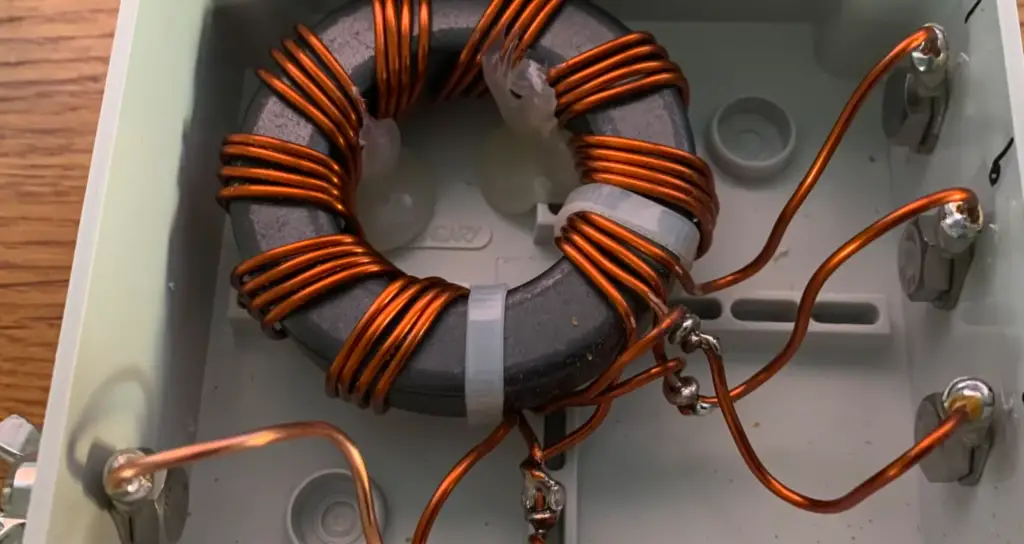
In most situations, you will need to wrap the wire around the core in a clockwise direction, starting at one end and then moving around to the other. Once you’ve reached the other end, it’s important to count the number of turns so that you can be sure that you have wrapped enough for your application.
Ready the starting points
The next step is to get the starting points ready. This involves removing the copper wires’ outer rubber covering from the top and bottom sections of the core. This will make it easier to connect the wires later on in the process.
Once this is done, you can then attach the copper wires to the starting points on either side of the core.
Once these connections are secured, you can move onto the next step.
Take the two center ends from the four ends and connect them together. This ensures that the impedance transformer will work correctly when it is powered on.
Ensure that both ends come from separate pairings and that each end is securely attached to the center of the core. Once these connections are secured, you can move onto the final step of this task.
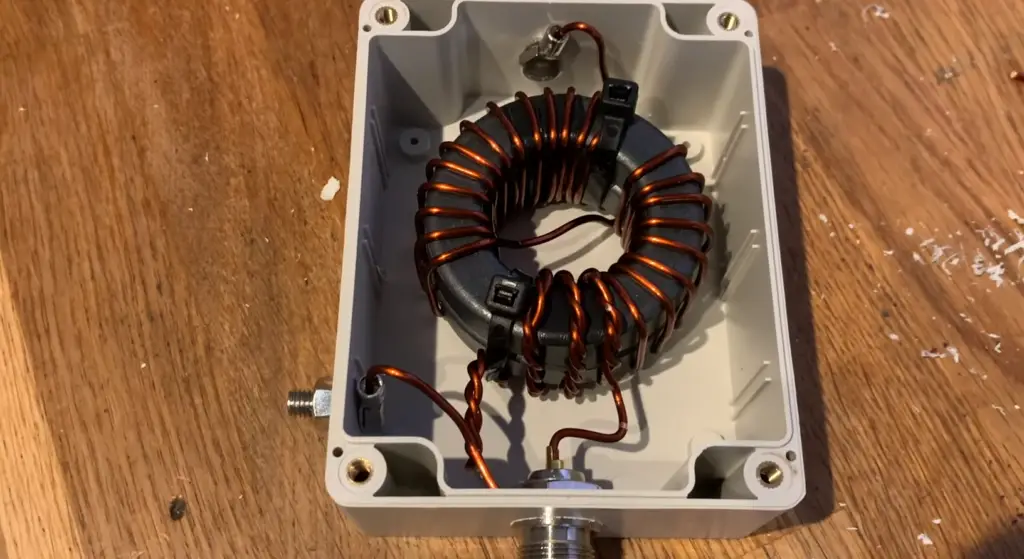
Finishing touches
Now that the core and starting points are ready, it’s time to finish up the task. This involves leaving the two ends of the corner alone and wrapping the opposite side with a pair of wires. This will form the 75 output at the end of a circuit. Repeat the same process for the opposite wire and for the basis for the output. It makes no difference which one you choose for the ground.
You can choose to either leave the link GND as it is or connect it to the output ground. You will then have two 300 Ohm inputs on either side, and an input GND in the middle. In contrast, you now have an output end with a 75-ohm and GND output. If everything works correctly, you now have yourself a 75 to 300 Ohm Matching Transformer!
Refer to a professional if confused
If you find yourself confused or overwhelmed by the process of making a 75 to 300 Ohm Matching Transformer, it’s always best to consult with a professional. An experienced technician or engineer can provide guidance and advice as well as check your work for any potential problems that could arise after the transformer is completed. This will ensure that your electric device works correctly and safely when powered on. With the right precautions in place, you can rest assured that your homemade transformer is safe and effective – ensuring a quality connection between two devices. [1], [2]

FAQ
What is the use of impedance in a transformer?
The use of impedance in a transformer is to limit the amount of current that flows through it. Impedance is expressed in ohms and is determined by the number and size of coils, core material, insulation type, temperature and frequency.
Impedance helps in controlling voltage levels across windings, improving system stability and reliability. It also reduces eddy current losses which arise due to unbalanced magnetic fields. In addition, impedance protects components from overloads or short circuits during fault conditions.
In summary, impedance decreases power losses while ensuring stable operation by limiting currents flowing through the transformer windings. Additionally, it can be used to match the transformer’s output with the connected load for efficient operation over a wide range of frequencies.
Impedance also adds to the cost of transformer production, as extra components are required to achieve desired levels. Therefore, it should be carefully considered during design in order to maximize efficiency and performance while keeping costs under control.
Do transformers have impedance?
Yes, transformers do have impedance.
Transformers contain windings of wire which allow them to control current, voltage, power, and impedance. The primary winding will affect the voltage and current levels of the secondary winding, as well as its impedance. The number of turns on each winding determines how much each will be affected by an electric field when connected across different points. Additionally, transformer designs can limit losses from circulating currents that occur when the windings are not perfectly matched. By properly designing and constructing a transformer, one can control and even optimize its impedance characteristics.
What is the application of an audio transformer?
It has various applications in the field of speech processing, sound recognition, music generation, and other areas related to sound engineering.
In speech processing, the audio transformer can be used to detect spoken words from an audio signal with high accuracy. This allows for better automated transcription of speech for use in voice recognition systems or for understanding natural language commands. The audio transformer also learns to recognize different voices so that it can distinguish between speakers in a conversation.
In sound recognition, the audio transformer can be used to identify certain sounds and classify them into predetermined categories such as musical notes or instruments. By training the model on a sufficient amount of data, it can learn to recognize and distinguish between different sounds. This can be used for sound classification tasks such as recognizing musical notes or determining which instrument is playing in a piece of music.
Finally, the audio transformer can also be used for music generation. By training the model on large collections of existing music, it can learn to generate its own tunes with varying degrees of complexity and originality. It could potentially provide an automated way to compose unique pieces of music without the need for a human composer.
Which type of transformer is used for impedance matching?
Audio transformers are used for impedance matching. They have low insertion loss and can handle a wide range of frequencies. Audio transformers are usually designed to match the input and output impedance with a certain degree of accuracy, allowing more power transfer from one device to another. The primary advantage of using an audio transformer is that it allows you to match impedances which may vary due to environmental factors. This helps avoid signal distortion and noise due to poor impedance matching. Additionally, these devices can provide galvanic isolation between the two circuits, preventing ground loops and other interference problems caused by differences in electrical potential at each end. Lastly, they help regulate the voltage levels between devices, ensuring that sensitive components are not damaged from too much or too little current flow.
What is RF matching?
RF matching or Radio Frequency (RF) matching is the process of adjusting an electrical circuit to obtain the desired input/output characteristics. The process involves connecting a load to the output port of a power amplifier, then measuring and adjusting its components in order to achieve maximum transmission efficiency and gain. This is usually done by using inductors, capacitors and resistors. Through careful calculation and adjustment of these components, it is possible to tune the system for optimal performance while avoiding unwanted side effects such as distortion. RF matching can also be used to reduce interference from external sources such as cell phones and other radio transmitters. It is an important part of any communication system that uses RF signals.
What is the formula for impedance matching transformer?
The most common formula used to calculate the impedance of a matching transformer is: V2 = N V1 and I2 = I1 / N, where N is the turns ratio.
This equation is used to calculate the input and output impedances of a transformer. It states that the voltage across the secondary winding is N times the voltage across the primary winding. It also states that the current through the secondary winding is I1 divided by N, where I1 is the current through the primary winding.
This formula can be used to calculate any type of impedance matching transformer, including 75 to 300 Ohm matching transformers. To use it for this purpose, you would simply plug in your desired input and output impedances – 75 and 300 Ohms respectively – into either side of the equation.
What does a TV-matching transformer do?
A TV-matching transformer is a device that allows two different systems with different impedance levels to be connected together. For example, television antennas have an impedance of 75 ohms while the coaxial cables used to transmit the signal through are 300 ohms. The matching transformer bridges this gap and provides a more efficient connection between the two devices by connecting them at their respective impedances. This helps boost the signal strength and minimizes interference from external signals.
What is an impedance-matching transformer?
Impedance matching is important in any audio or radio frequency (RF) system, as it allows for efficient transmission of signals with minimal losses and reflections. The transformer works by adjusting the voltage and current levels between the two circuits, providing an optimized path for energy transfer. In a typical application, one end of the transformer is connected to a source, such as an amplifier, while the other end is connected to a load, such as speakers or antennas. By tuning the output characteristics of each side of the transformer—voltage and current levels—the impedance mismatch between each side is reduced, resulting in increased efficiency and signal clarity. Impedance-matching transformers are frequently used in audio systems, radio broadcasting, and other applications requiring the transfer of signals between different circuits.
Useful Video: Is a Balun Necessary for My HDTV Antenna?
Conclusion
Matching transformers are a great way to match impedances between two pieces of equipment. While the process of making one can seem daunting, this guide has provided helpful instructions and tips to make it easier.
To summarize, you will need a properly sized ferrite core, an appropriate number of turns on each winding, electrical tape or heat shrink tubing for insulation, and solder for connecting wires. The transformer should have a primary impedance of 75 ohms and a secondary impedance of 300 ohms in order to be correctly matched. After constructing the transformer, you can test it with an ohmmeter to ensure that your connections are correct and that it meets the required impedances. With some patience and practice, anyone can easily make their own matching transformer for use in their audio projects.
By following the steps in this guide, you can construct a 75 to 300 ohm matching transformer with confidence. Doing so will allow you to properly match impedances between two pieces of equipment and further ensure that your audio projects sound as good as possible.
Thank you for reading this guide on how to make a 75 to 300 ohm matching transformer. We hope it has been useful!
References
- https://www.circuitsgallery.com/how-to-make-a-75-to-300-ohm-matching-transformer/
- https://www.onetransistor.eu/2015/10/wideband-antenna-matching-transformer.html













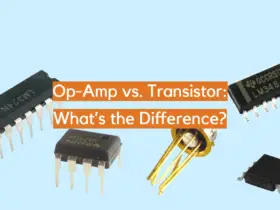
Leave a Reply